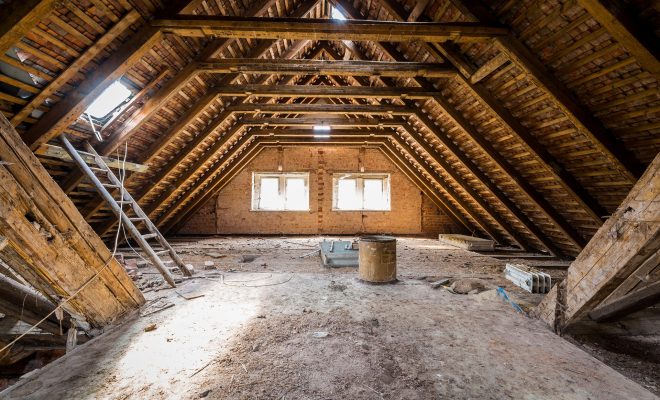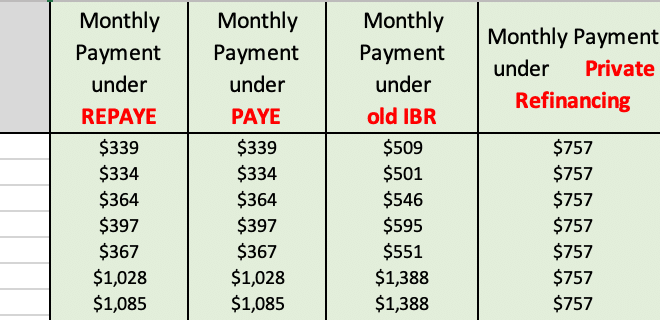Which Attic Insulation is Best? | Attic Construction

When it comes to improving your home’s energy efficiency, attic insulation should be a top priority. Proper insulation in your attic can help maintain a comfortable living environment while also reducing energy bills. Choosing the right material can depend on several factors, such as your local climate, budget, and installation preferences. In this article, we will explore different types of attic insulation and determine which one is best for your specific needs.
1. Fiberglass Insulation
Fiberglass insulation is a common and cost-effective choice for many homeowners. It is available in two forms: batts (pre-cut sections) and rolls (longer lengths that can be cut to size). This type of insulation has an R-value of around 2.9 to 3.8 per inch, depending on its density.
Pros:
– Affordable and widely available
– Easy to install in standard-sized spaces
– Non-flammable
Cons:
– Likely to deteriorate over time
– May allow air infiltration if not installed correctly
– Can become less effective if it gets wet
2. Cellulose Insulation
Cellulose insulation is an eco-friendly option made from recycled paper materials. It has an R-value of approximately 3.1 to 3.8 per inch, making it similar to fiberglass in terms of performance. Cellulose can be installed as a loose-fill insulation or dense-pack.
Pros:
– Environmentally friendly
– Effective at reducing air infiltration
– Can be used in irregularly shaped spaces or areas with obstructions
Cons:
– Can be more expensive than fiberglass
– May settle over time, reducing its R-value
– Can absorb moisture and may develop mold issues if exposed to water
3. Spray Foam Insulation
Spray foam insulation comes in two varieties: open-cell and closed-cell. Open-cell foam has an R-value of around 3.5 per inch, while closed-cell foam has a higher R-value of 6 to 7 per inch. Spray foam expands as it dries, effectively sealing gaps and reducing air infiltration.
Pros:
– Excellent insulating capabilities
– Reduces air leakage
– Resistant to mold and moisture
Cons:
– More expensive than other insulation materials
– Requires professional installation
– May off-gas chemicals when first applied
4. Radiant Barrier Insulation
Radiant barrier insulation is a reflective material designed to reduce heat transfer through attic spaces. It is usually applied to the underside of the roof deck, reflecting heat away from the living space below. Radiant barriers work best in hot climates and do not have a specific R-value.
Pros:
– Effective at reducing heat transfer in hot climates
– Lightweight and easy to install
– Can be combined with other insulation types
Cons:
– Less effective in cold climates
– May require additional insulation for optimal performance
– Can be expensive if installed by a professional
In conclusion, there is no one-size-fits-all answer to which attic insulation is best. Consider factors such as your local climate, existing insulation levels, and budget when choosing the right material for your home. Each type of insulation has its own strengths and weaknesses, so select an option that aligns with your specific needs and preferences to ensure optimal energy savings and home comfort.






